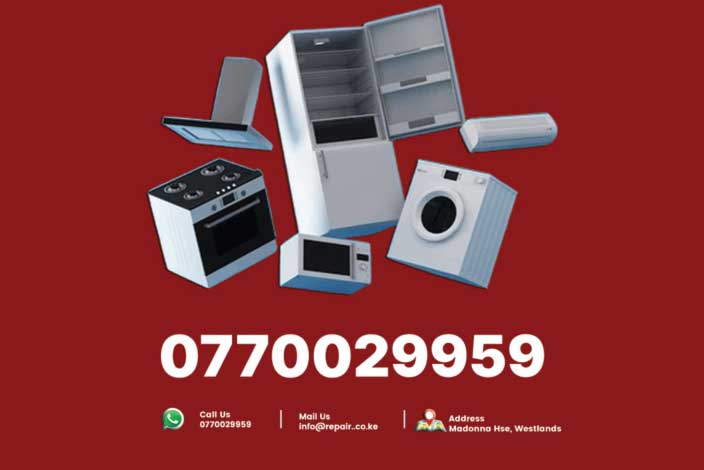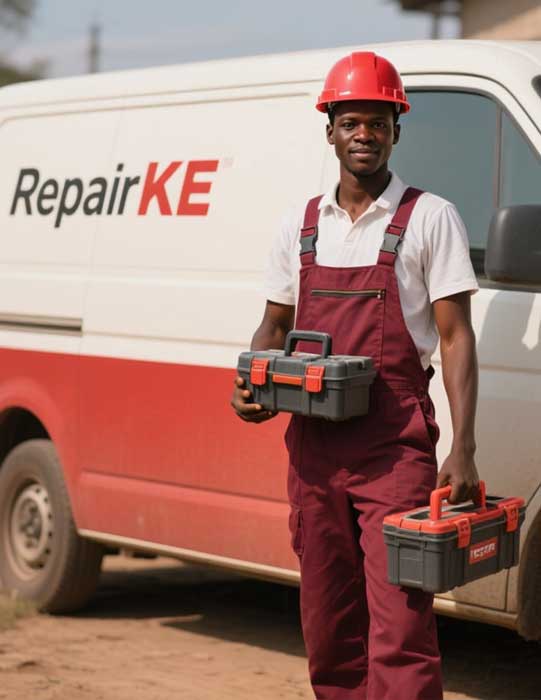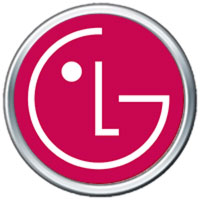Front-load Washing Machines, How They Look & Function
Front-load washing machines are popular in Kenya for their efficiency and cleaning power. Repair.co.ke explains how these machines look and work to help users understand their design and features. These machines have a distinct appearance and advanced technology that make them different from top-load models.
Front-load washing machines have a horizontal drum that rotates to clean clothes. The drum sits inside a sturdy, rectangular metal or plastic body. The front has a large, round glass or plastic door that opens sideways. This door often has a handle and a lock for safety. The door’s transparency lets users see clothes spinning inside. Most machines are white, silver, or black, with sleek designs that fit modern homes. Sizes vary, but they are usually 60 cm wide, 60 cm deep, and 85 cm tall, fitting under standard kitchen counters.
The control panel sits above the door or on top of the machine. It has buttons, knobs, or a digital display for selecting wash cycles, temperature, and spin speed. Some models have touchscreens for easy operation. Indicator lights show the wash stage, like washing, rinsing, or spinning. Many front-loaders have a detergent drawer on the top left, with compartments for detergent, fabric softener, and bleach. The drawer slides out for easy filling.
Below the drum, some machines have a small access panel to clean the filter or drain pump. The back has hoses for water inlet and drainage, plus a power cord. Rubber feet or stabilizers keep the machine steady during high-speed spins. Premium models may have features like LED lights inside the drum or steam functions for better cleaning.
Front-load washing machines work by tumbling clothes in a rotating drum. Water and detergent mix to clean fabrics as the drum spins in both directions. This tumbling motion is gentler than the agitator in top-load machines, reducing wear on clothes. The drum’s perforations let water flow in and out, ensuring thorough cleaning. Most front-loaders use less water, about 20-40 liters per cycle, compared to 80-100 liters for top-loaders.
The wash cycle starts when you load clothes, add detergent, and select settings. The machine fills the drum with water through inlet valves, controlled by sensors. A heater, if present, warms the water for hot or warm cycles. The drum rotates at varying speeds, depending on the cycle. For example, delicate cycles use slow spins, while heavy-duty cycles use faster ones. The motor, usually located at the back, drives the drum via a belt or direct-drive system.
After washing, the machine drains dirty water through a pump and hose. It then refills for rinsing, spinning the drum to remove detergent. The final spin cycle rotates the drum at high speeds, up to 1400 RPM in some models, to extract water from clothes. This reduces drying time. Sensors monitor water levels, temperature, and drum balance to prevent overloading or uneven spinning, which can cause vibrations.
Front-loaders offer multiple wash programs, like cotton, synthetic, wool, or quick wash. Some have eco modes to save water and energy. Smart models connect to Wi-Fi, letting users control the machine via apps or voice assistants. Steam functions remove tough stains or sanitize clothes. Add-wash doors, found on some brands, let users add items during the cycle.
Repair.co.ke often sees issues like drum not spinning, water not draining, or error codes on the display. These can come from clogged filters, faulty motors, or broken sensors. Regular maintenance, like cleaning the detergent drawer and filter, prevents problems. Overloading the drum or using too much detergent can cause poor washing or leaks. Most machines have a lifespan of 10-15 years with proper care.
The design of front-loaders makes them stackable with dryers, saving space in small homes. Their low water and energy use appeals to eco-conscious users. However, they take longer to complete cycles, often 1-2 hours, compared to top-loaders. The door must stay locked during operation for safety, and bending to load or unload can be less convenient for some users.
Brands like Samsung, LG, Bosch, and Whirlpool dominate the Kenyan market. Each offers unique features, like LG’s TurboWash for faster cycles or Samsung’s AddWash door. Capacities range from 6 kg to 12 kg, suiting small families or large households. Prices vary from KSh 40,000 for basic models to KSh 100,000 for smart ones.
Front-load washing machines combine style and function, with sleek designs and efficient cleaning. Repair.co.ke recommends checking the machine’s manual for load limits and maintenance tips. Proper use ensures long-lasting performance and clean clothes every time.






